OpenAI Unveils Powerful New AI Model, Raising Questions of Cost and Viability
OpenAI, a leading artificial intelligence research laboratory, has introduced its latest and most advanced AI model to date, dubbed “o3.” This groundbreaking model employs a novel technique called test-time computing, which enables it to explore multiple possibilities when reasoning through complex problems, potentially reducing the likelihood of faulty conclusions.
The o3 model has demonstrated impressive performance on the ARC-AGI benchmark, scoring 87.5% in its high-compute mode. This marks a significant improvement over its predecessor, o1, showcasing the rapid advancements in AI capabilities.
However, the enhanced performance comes at a steep price. Running o3 in its most powerful configuration incurs costs exceeding $1,000 per task, more than 170 times the expense of its low-power version and far surpassing the sub-$4 per task cost of the o1 model. This substantial increase in operational costs challenges the economic viability of scaling AI models through increased processing power and data.
Despite the high costs, o3’s performance suggests that AI development is far from plateauing. The model’s improved reasoning capabilities, rather than mere scaling, are credited for its performance gains. Even the low-compute version of o3, which scored 76% on the benchmark, carries a significant cost of around $20 per task.
François Chollet, creator of the ARC-AGI benchmark, notes that while o3’s performance is approaching human levels, it is not yet economically feasible. He points out that human task-solving costs approximately $5 per task with minimal energy consumption, highlighting the current gap between AI and human efficiency.
OpenAI has not yet made o3 publicly available, with a mini version expected to launch in January. The AI community eagerly anticipates how the cost-performance ratio will evolve in the coming months and years, as researchers continue to push the boundaries of artificial intelligence while grappling with economic constraints.



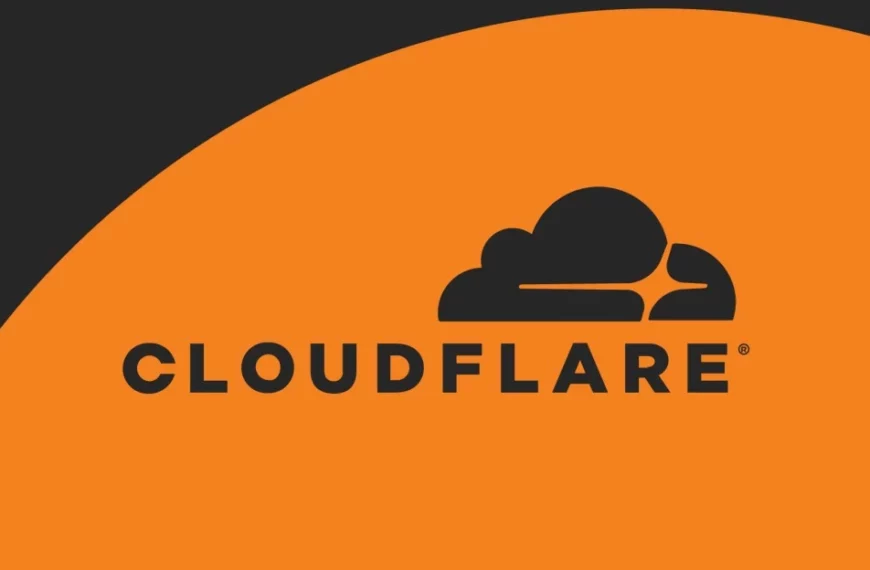
 By
By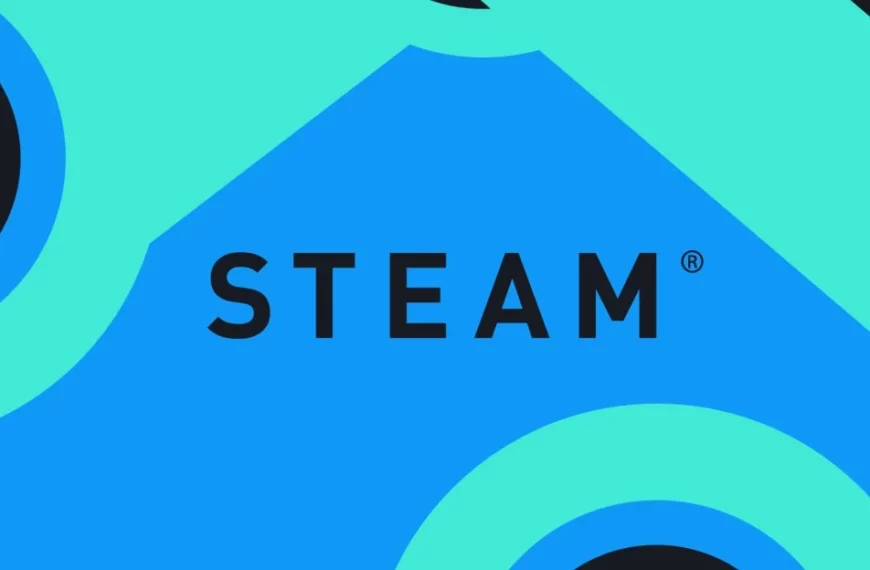
 By
By
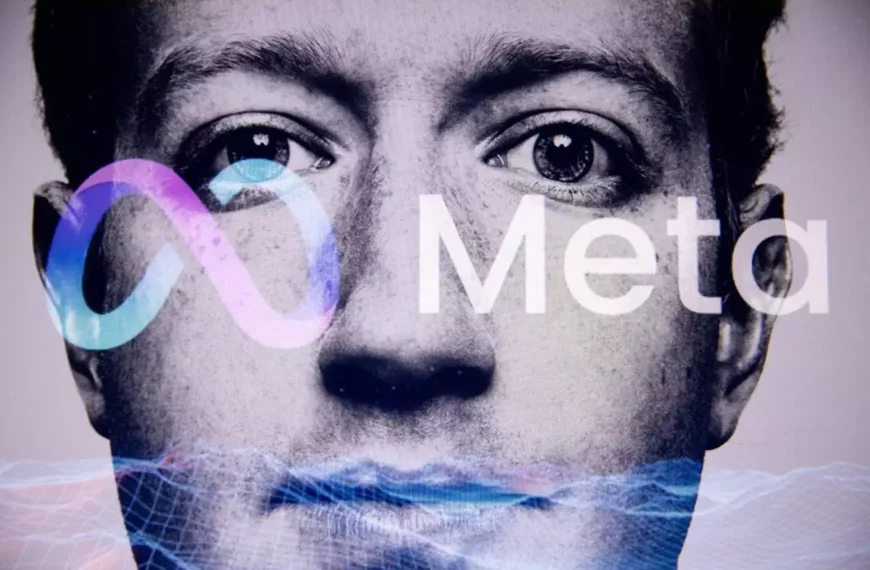
 By
By

 By
By
 By
By

 By
By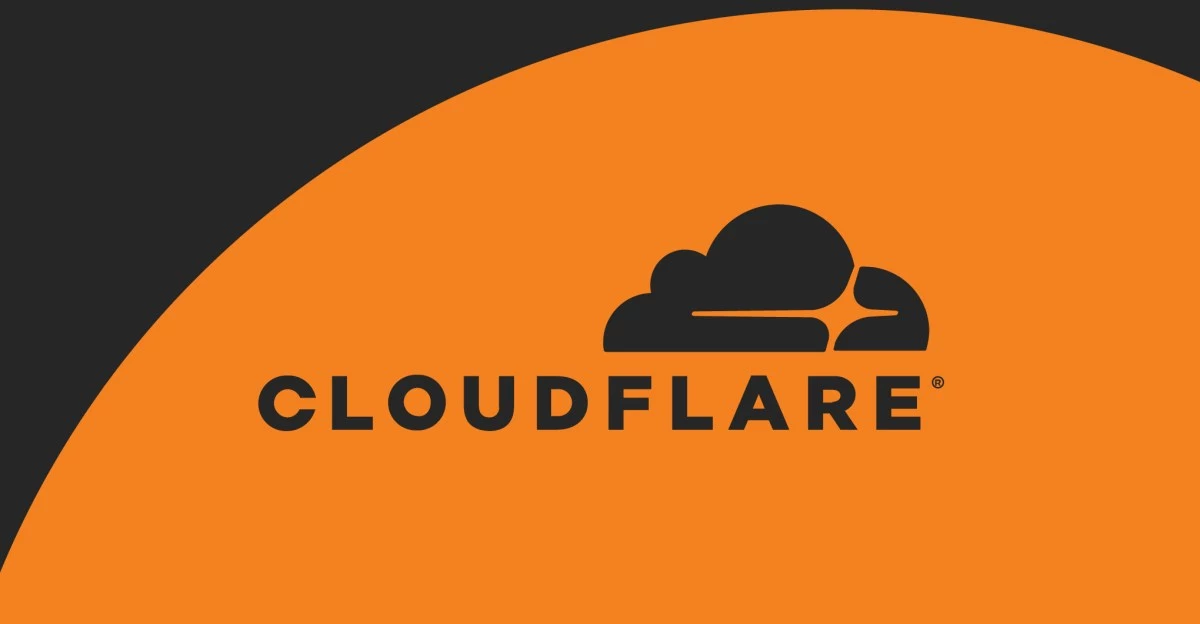
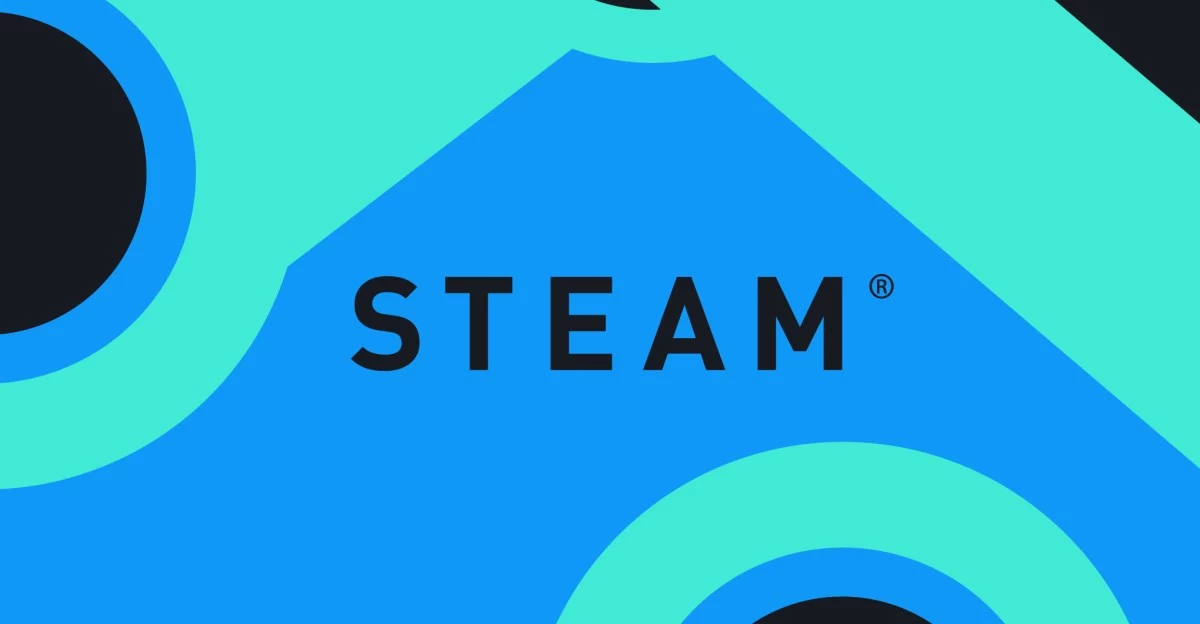

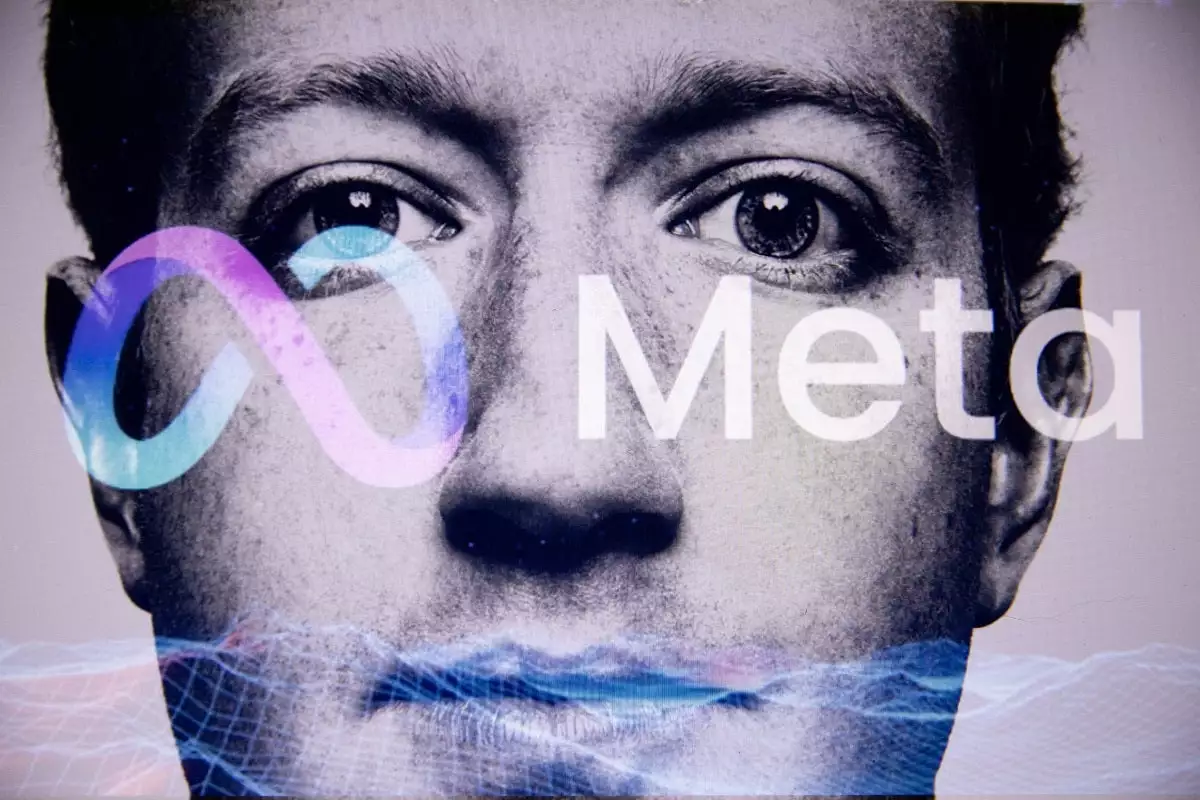

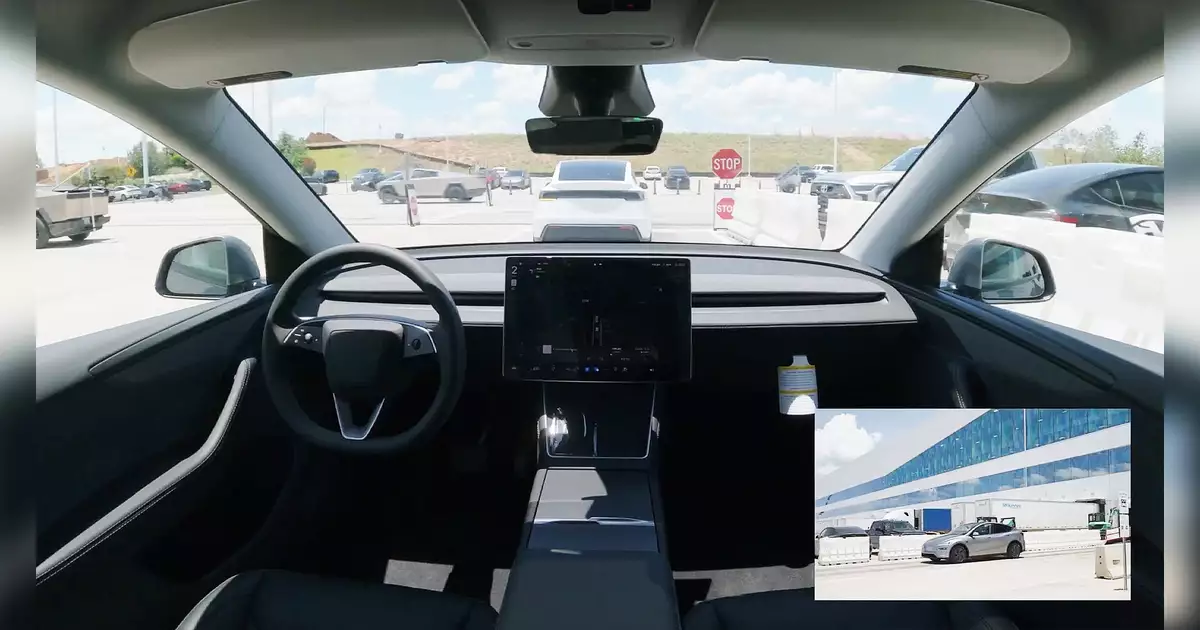

![A person sits on a blue chair during a discussion at an event. They appear thoughtful, wearing a dark jacket and a light shirt, with a blue backdrop featuring the text "HUMAN[x]."](https://biztechweekly.com/wp-content/uploads/2025/07/metas-14.3b-scale-ai-investment-sparks-surge-in-competitor-growth-and-client-shifts-in-ai-training-market.webp)
